
One of the big mistakes new homeowners make in their lawn maintenance routine is overwatering their grass. When somebody is dealing with an irrigation system for a piece of property for the first time, there seems to be a misconception that as long as the property isn’t visibly flooding, there’s no such thing as overwatering.

To those less experienced with the workings of a home irrigation system, winterization could seem like useless maintenance that lazy sprinkler companies use to make a quick buck in the cold months when business is slow. But winterization is actually one of the most important maintenance processes that your sprinklers need.
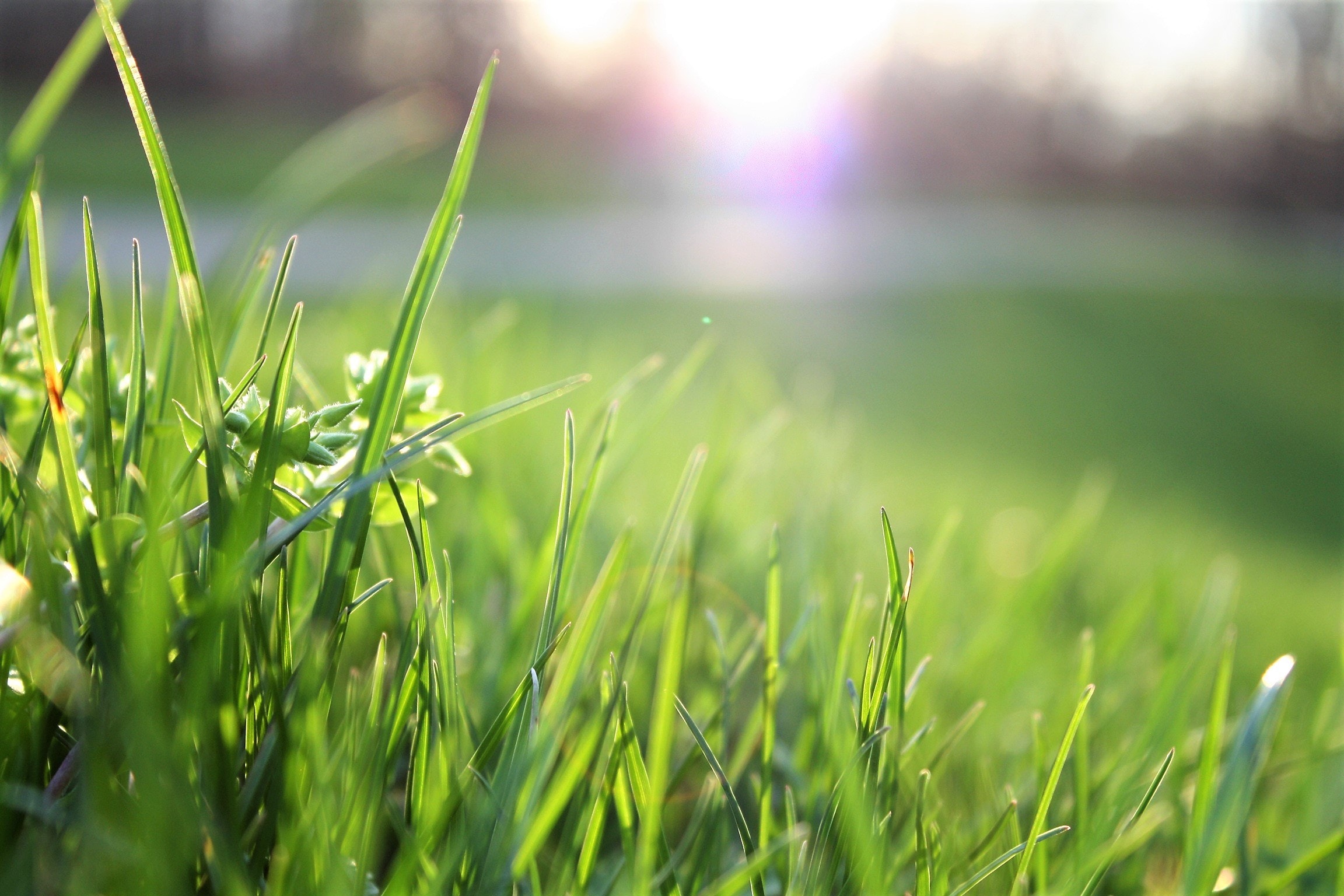
Rust is one of the biggest enemies of any irrigation system. If the water on your property has enough iron in it– rust is going to be an inevitable obstacle that you’ll have to face at least once in your time as a homeowner.
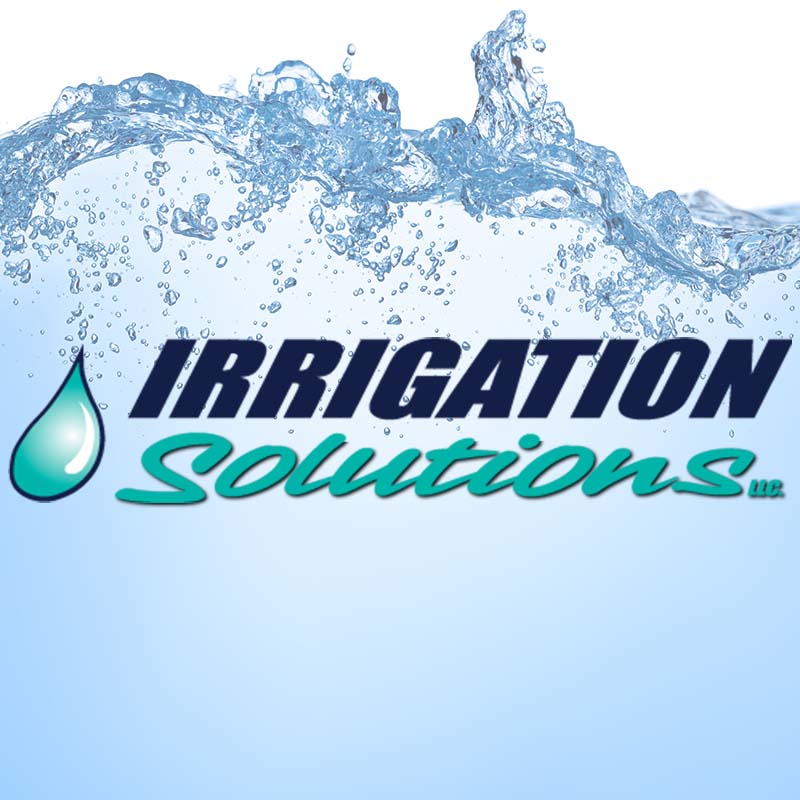
If you’re a complete newbie to the world of irrigation, and making sure that your grass is properly watered, you might not know how your sprinklers actually work. Under the surface of your sprinkler heads are pumps, valves and pipes that bring water from your source out to the dirt under your lawn.

Owning a large property is a hassle in and of itself, but when it comes time to keep the grass of that property healthy and green, it can feel like fighting an uphill battle. It’ll always feel like the sun is hitting it harder, like the grass is drying faster than you can keep up with it and that the foot traffic is just unmanageable. This is especially true on Long Island where golf courses and wineries are abundant. So what can you do to make your life watering a bigger property easier?
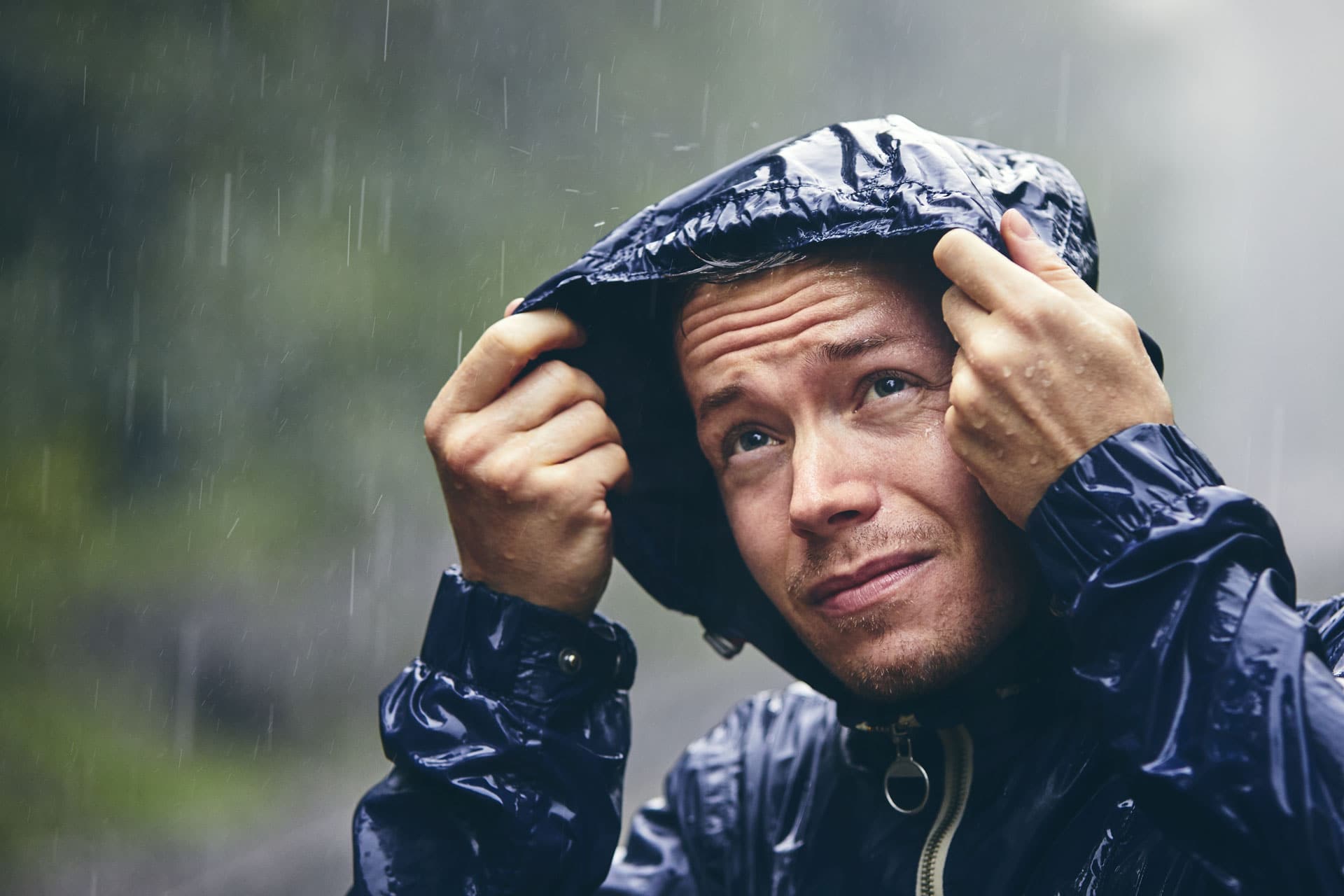
If you’ve ever wondered why so many upscale places have signs telling you to keep off the lawn, it’s not because they don’t want people to have fun. It’s actually because excessive foot traffic is one of the worst things for your grass.

When somebody sees your property, the first thing they’re going to notice isn’t going to be the architectural inspiration of your house or the freshly paved driveway. It’s going to be the way your lawn looks. On Long Island, the appearance of your lawn is more like an unspoken competition than anywhere else in the country. And what compliment feels more satisfying than, “Wow, you have a beautiful lawn”?

One of the most common issues we see from our customers who are first time home owners, or are just creating or maintaining a lawn for the first time is the rate at which their grass grows.

When the first day of spring hits, the most popular question we get is, “when should I turn my sprinklers back on?” Most people, especially us impatient residents of Long Island, call looking for a simple answer like, “the first day of spring,” or “April 1st,” or “the first day of the year where it hits 60 degrees,” but it just isn’t that simple.
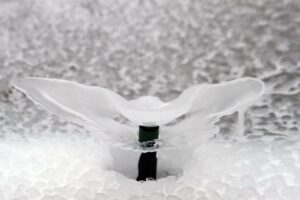
As temperatures drop across Long Island, many homeowners are busy raking leaves, fertilizing their lawns, and prepping for the colder months ahead. But one often-overlooked
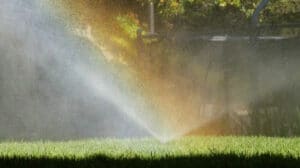
As the weather cools and the leaves start falling, you may wonder if your lawn still needs watering. After all, summer’s over — isn’t it
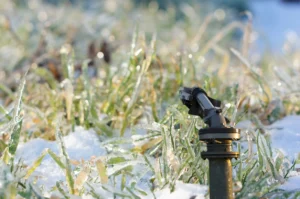
As fall sets in across Long Island, it’s time to start preparing your property for the colder months ahead. While you may already be thinking
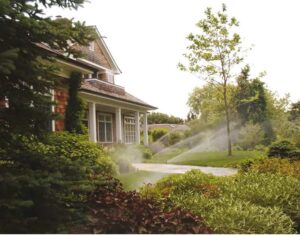
When it comes to sprinkler system design, soil is one of the most important factors — especially on Long Island, where soil conditions vary significantly